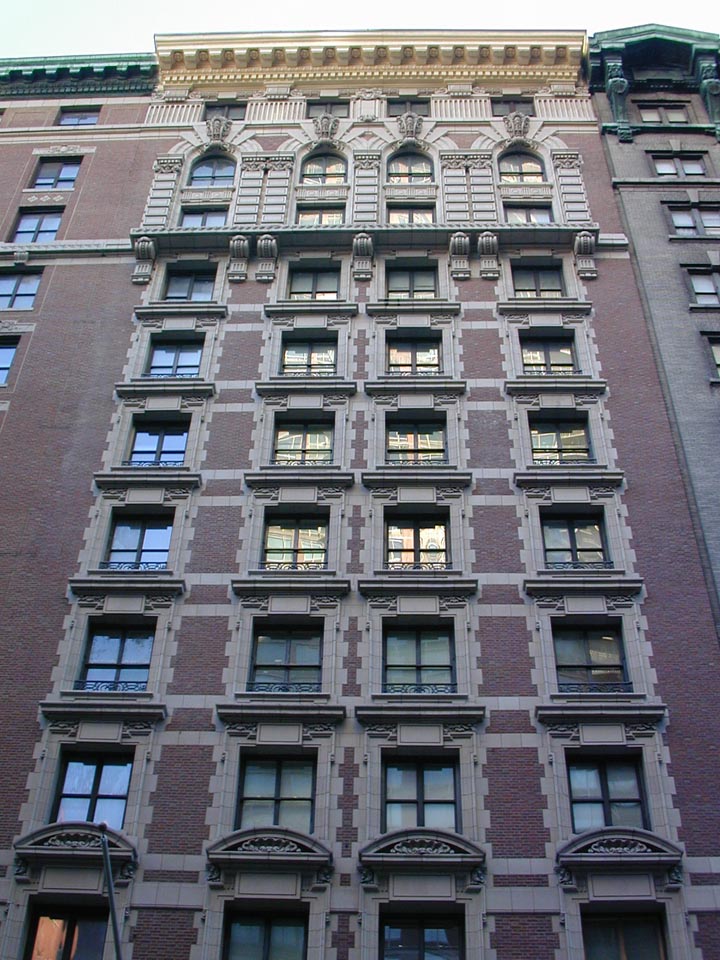Categories: New York City
01.10.2017
The NYC Department of Housing Preservation and Development’s Inclusionary Housing Program preserves affordable housing.

Breaking Ground's Prince George supportive housing residence.
The NYC Department of Housing Preservation and Development’s (HPD) Inclusionary Housing Program (IHP) preserves affordable housing in neighborhoods where there have been zoning changes to encourage new development. The IHP consists of two programs:
Voluntary Inclusionary Housing Program (VIHP), enacted in 1987, enables a development to receive a density bonus in return for new construction, substantial rehabilitation, or preservation of permanently affordable housing.
Mandatory Inclusionary Housing Program (MIHP), enacted in March 2016, requires a share of new housing in medium- and high-density areas that are rezoned to promote new housing production—whether rezoned as part of a city neighborhood plan or a private rezoning application—to be permanently affordable.
The sale of air rights in an area where the Voluntary Inclusionary Housing Program (VIHP) is applicable (R-10 Districts, IH Designated Areas, and Special Districts), can generate substantial revenue for an organization that owns a building in one of these areas.
HPD’s VIHP applies to new construction, substantial rehabilitation and preservation projects. Until November 2015, the definition of preservation was limited to rehabilitation work on the building selling air rights, mainly replacement or repair of capital elements. Now, the definition of preservation has been expanded to include:
- The cost of deep rent skewing;
- Rental assistance to low income tenants;
- Reduction or elimination of existing debt to the extent necessary to preserve affordability;
- Reduction or repayment of existing HPD subsidy to the extent necessary to preserve affordability;
- The fair market value of the generating site. In determining the fair market value, HPD will consider whether the generating site or owner is subject to any affordability restrictions and the term of such affordability restrictions and;
- With HPD’s approval, the creation, rehabilitation, or preservation of additional affordable housing in accordance with HPD term sheets.
Breaking Ground’s Prince George Hotel is the first Voluntary Inclusionary Housing Preservation project to be approved since the VIH program was revised in 2015 to include preservation (read the full press release here). According to Louise Carroll, Associate Commissioner of Housing Incentives at HPD, “It took time to get the inclusionary bonus and sale proceeds in sync.” She explained how lining up an interested buyer for the air rights and ensuring that the proceeds will be available for the approved preservation purposes is a complex dance where timing of all the steps is critical. Breaking Ground, despite extensive experience in property development, decided to hire an outside construction manager to oversee the project.
HPD recently launched a new IH map that allows users to locate Inclusionary Housing projects (called generating sites) that contain permanently affordable IH apartments as well as sites that have received IH floor area from generating sites (called compensated developments) across the City. The map helps developers with properties in an inclusionary area who are interested in pursuing this type of project see where there is an active market for air rights. It will also help developers determine if a market is oversaturated.
Another critical step is lining up local support for the project. Brenda Rosen, President and CEO of Breaking Ground, recalled, “Upfront outreach to the community board was essential. They were unanimously supportive because we took the time to engage deeply.”
In order to raise capital to renovate an affordable building, an organization can check to see if they have available air rights by calling HPD. If a building in an inclusionary zone has air rights available for sale, they can work with a broker to sell those to a developer who wants to build beyond what the zoning allows in that community board. Once there is sufficient revenue for the construction work, the organization can close financing on the project and get approval to start construction. Once a regulatory agreement is signed with HPD, the buyer of the air rights can seek permits to begin construction on the bonus part of their project. Once HPD approves the renovation work and the affordable housing owner has completed the renovation, the buyer can get the Certificate of Occupancy for the bonus portion of their project.
Sound complicated? It is.
The potential benefits are substantial, as are the risks. To find out if your building can participate in the VIH Preservation Program, the best place to start is by looking up your site on ZOLA, City Planning’s zoning and land use application or by calling the Inclusionary Housing Program at HPD , and let them guide you through the process. As construction costs increase and land becomes scarcer, affordable and supportive housing owners must explore every available resource at their disposal.
